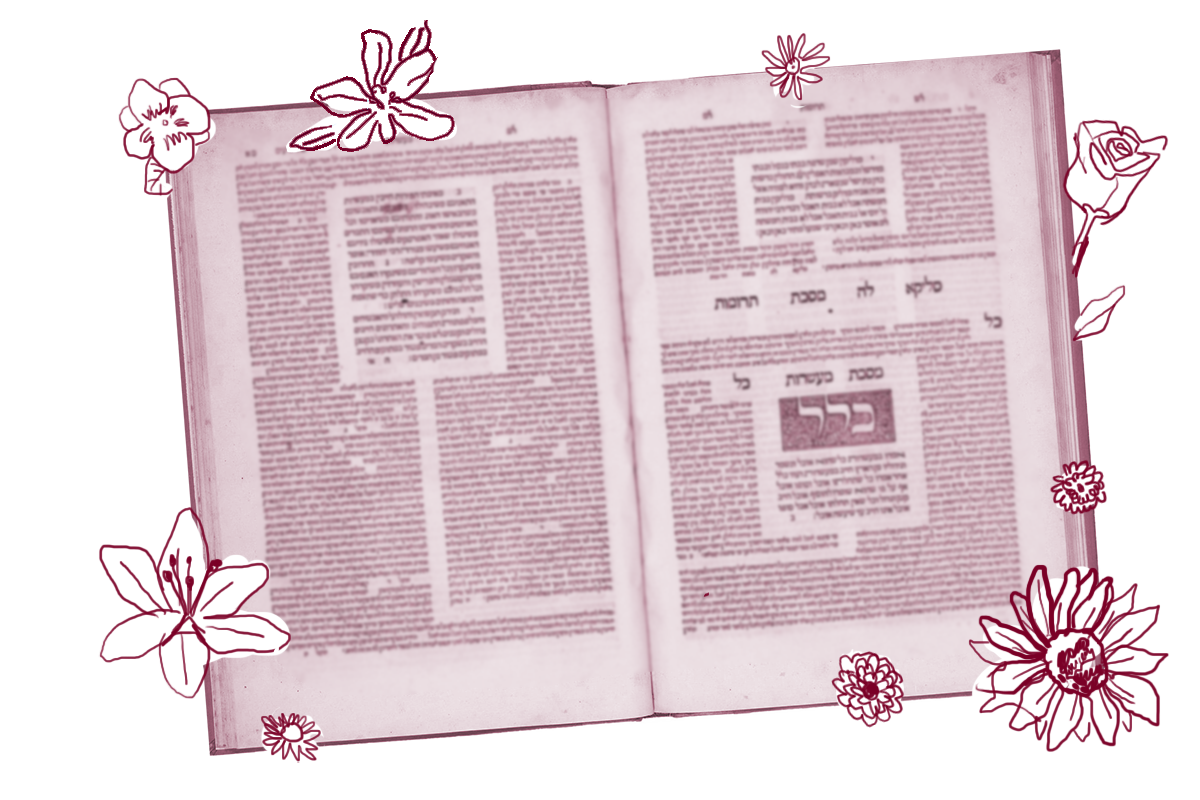In Talmudic times, matzah was prepared by hand and baking ovens were often shared. A mishnah on today’s daf raises a concern: If three women are baking matzah in a single oven simultaneously, what precautions must be taken in order to ensure that the dough does not rise while waiting its turn in the oven?
Rabban Gamliel says: Three women may knead as one and bake in one oven, one after the other.
As Rashi explains, Rabban Gamliel doesn’t seem too worried, ruling that it is permitted for the three women to each prepare their batches of dough at the same time and then wait their turn to use the oven. In fact, the Ritva (a 13th century Spanish commentator) suggests that Rabban Gamliel thinks the three women should knead and form their dough at the same time, even though this means waiting a while for the oven to become available.
But the sages are worried about the idle dough beginning to leaven and offer an alternative suggestion for the best way for three women to share one oven:
With your help, My Jewish Learning can provide endless opportunities for learning, connection and discovery.
And the rabbis say: Three women engaged in dough as one: One kneads, one arranges, one bakes.
At first glance, the sages’ suggestion sounds like the assembly line method, with one woman assigned exclusively to each task. Rashi explains, however, that it is instead the classroom learning stations model. Each woman works with her own dough in a specified sequence: while one kneads, another forms and the third bakes. Then, each advances to the next step, much like singing a three-part round.
The Gemara brings us a beraita that describes this more explicitly:
The sages taught: (When the woman who first completes) kneads, she arranges and another kneads in her place. (When the first woman finishes) arranging, she bakes and another arranges in her place, and the third kneads. (When the first woman finishes) baking, she kneads and another bakes in her place, and the third arranges, and they continue in turn. As long as they (continuously) are engaged (in handling) the dough, it will not become leavened.
I am visualizing three workstations with each woman whirls from one station to the next. I like to imagine them in a circle, doing an ancient version of an Israeli dance (Rashi, too, says they were engaged in a machol, a dance). I bet they also sang in harmony as they worked.

While this all seems logical and even idyllic, Rabbi Akiva, a Tanna known for his strong emotional intelligence, reminds us that there are actually quite a few variables to consider:
Rabbi Akiva says: Not all women, not all wood, and not all ovens are the same, this is the principle: (if the dough begins to) rise, she (should spread) cold (water to stop the leavening process).
People work at different speeds, dough rises at different rates, and ovens do not all heat up to the same temperature. Any single rule or procedure cannot be one-size-fits-all when the variables in the equation are unpredictable. Rather, Rabbi Akiva reasons, it is best to bear in mind the salient principle: the dough should not rise before it is baked. Each woman must keep watch over the dough she is holding in her hand and if she senses that it is beginning to rise she should spread the cold water onto it to stop the leavening process. Instead of giving people a procedure, however beautiful and harmonious, that will not always work, Rabbi Akiva educates them about the foundational principle and how to uphold it.
Read all of Pesachim 48 on Sefaria.
This piece originally appeared in a My Jewish Learning Daf Yomi email newsletter sent on January 8th, 2021. If you are interested in receiving the newsletter, sign up here.



